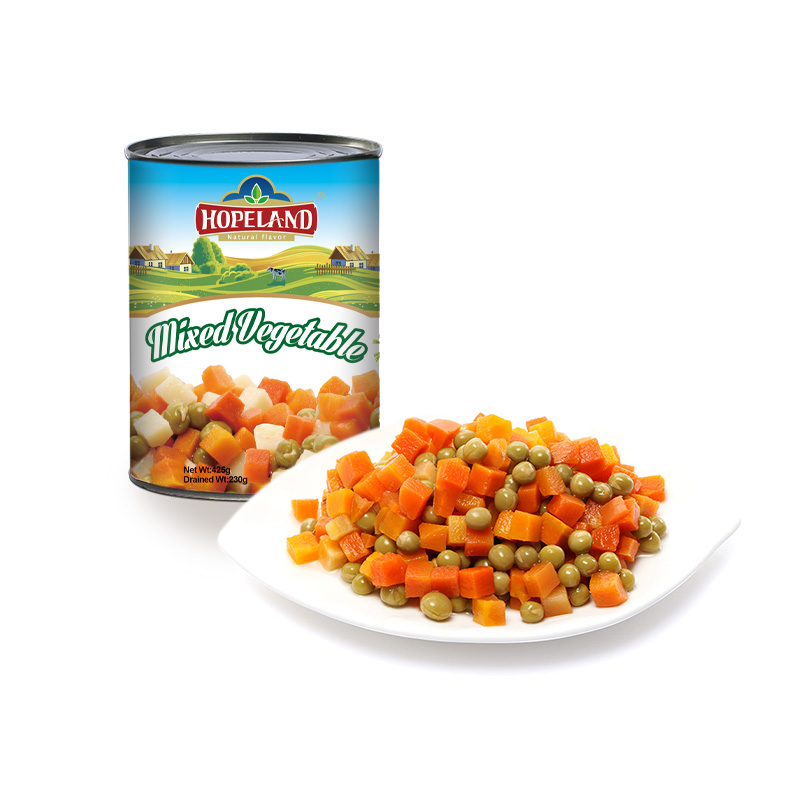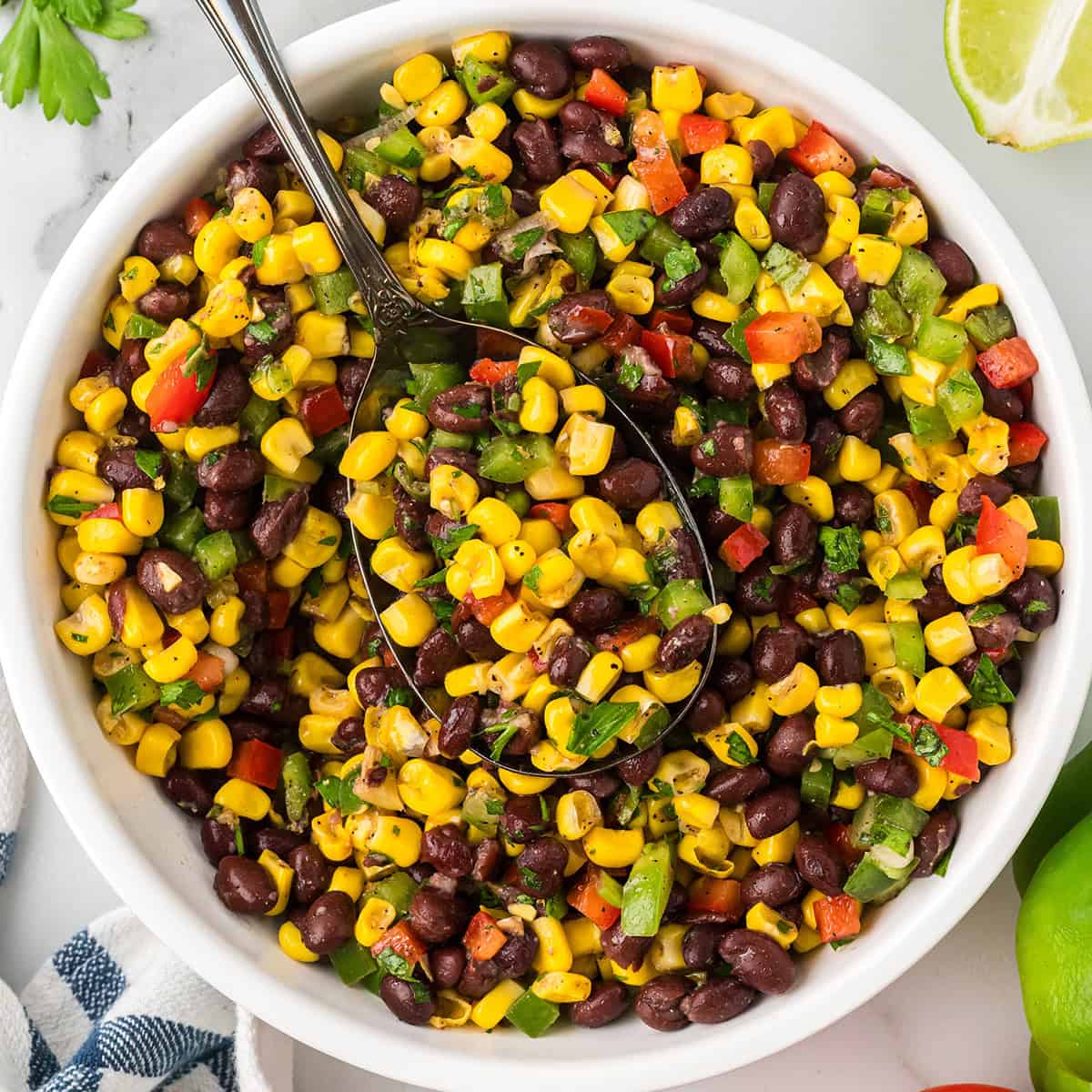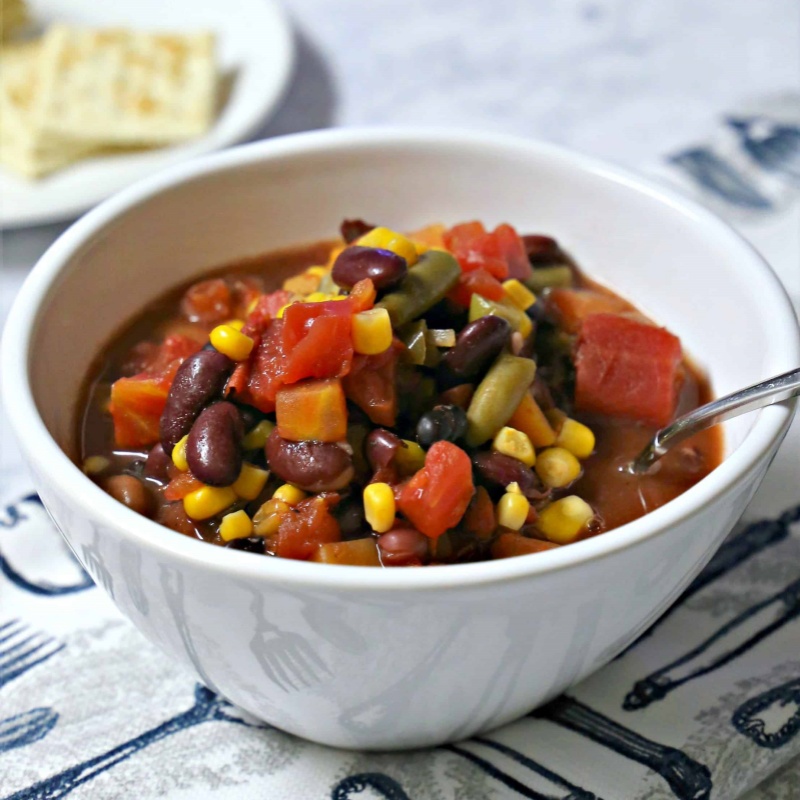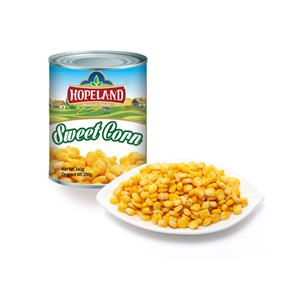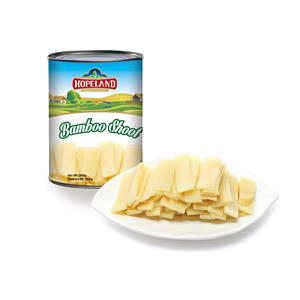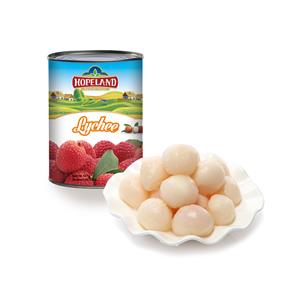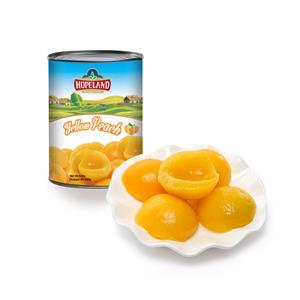What is the nutritional value of Canned mixed Vegetables
Canned mixed vegetables are often overlooked in the culinary world, yet they are a staple in many kitchens due to their convenience and nutritional benefits. Whether you’re a busy professional, a parent juggling a hectic schedule, or simply someone who appreciates the ease of meal preparation, canned vegetables offer a quick and healthy solution. In this article, we’ll explore the many advantages of canned vegetables and how they can enhance your meals.
Convenience at Your Fingertips
One of the primary benefits of canned mixed vegetables is their convenience. Available year-round, canned veggies eliminate the need to worry about seasonal availability or spoilage. They can be stored in your pantry for months without losing their freshness, making them an ideal choice for those looking to stock up on nutritious ingredients. Whether you’re preparing a last-minute dinner or need an ingredient for a recipe, canned mixed vegetables can save you time and effort in the kitchen.
Moreover, they are pre-cooked, which means they are ready to use straight from the can. You can easily add them to soups, stews, or casseroles, or simply heat them as a side dish. This convenience is especially appealing for those who may not have the time or inclination to chop, cook, and prepare fresh vegetables daily.
Nutritional Benefits
Canned mixed vegetablesretain much of their nutritional value because they are typically processed shortly after being harvested. This means they can be just as nutritious as their fresh counterparts. For example, canned tomatoes are rich in lycopene, an antioxidant linked to a reduced risk of certain cancers. Similarly, canned green peas are packed with vitamin C, fiber, and potassium, while canned corn offers folate, thiamin, and vitamin C.
While fresh vegetables are undoubtedly beneficial, the preservation process used for canned vegetables locks in essential vitamins and minerals. Additionally, they can be a great way to ensure you’re meeting your daily vegetable intake, especially if fresh produce is not readily available or is too expensive.
Versatility in the Kitchen
Canned mixed vegetables are incredibly versatile, making them suitable for a wide range of recipes. They can be easily incorporated into soups, stews, casseroles, and salads. For example, adding canned peas and carrots to a chicken pot pie enhances the flavor and texture without requiring additional prep work.
Beyond traditional recipes, canned vegetables can also shine in unexpected dishes. Use them in baking, like vegetable quiches or frittatas, to boost the nutrition content. You can blend canned spinach into smoothies for an extra dose of greens or mix canned corn into your cornbread batter for added sweetness and texture.
Practical Tips for Choosing Canned mixed Vegetables
When shopping for canned mixed vegetables, it’s important to select high-quality products. Here are some tips to keep in mind:
1. Check the Ingredients: Look for canned vegetables that are free from preservatives and additives. Simple, whole ingredients should be your goal.
2. Opt for Low-Sodium Options: Many canned vegetables can be high in sodium, so consider choosing low-sodium or no-salt-added varieties. This allows you to control your sodium intake while still enjoying the convenience of canned veggies.
3. Mind Portion Sizes: Even though canned vegetables are nutritious, they can still contribute to your overall sodium intake. Be mindful of portion sizes, especially if you are consuming them regularly.
4. Inspect the Can: Ensure that the cans are not dented, rusted, or bulging, as these can indicate spoilage or contamination. Choose cans that are in good condition to ensure food safety.
Creative Recipe Ideas
To showcase the versatility of canned vegetables, here are a few creative recipes that highlight their convenience and nutritional value:
1. Quick Vegetable Stir-Fry
In a skillet, heat some olive oil and add canned bell peppers, sliced carrots, and green beans. Stir-fry for a few minutes, adding soy sauce, garlic, and ginger for flavor. Serve over rice or noodles for a quick, nutritious meal.
2. Canned mixed Vegetable Soup
Combine your favorite canned vegetables—such as diced tomatoes, green beans, and corn—with vegetable broth. Add herbs and spices like basil, thyme, and pepper. Simmer for 20 minutes and enjoy a hearty soup.
3. Vegetable Quiche
Use canned mixed vegetables, or mushrooms in a quiche. Beat together eggs, milk, and cheese, then stir in the drained canned vegetables. Pour the mixture into a pie crust and bake until set.
4. Canned Bean and Corn Salad
Mix canned black beans, corn, diced red onion, chopped cilantro, and avocado. Dress with lime juice and olive oil for a refreshing salad that’s perfect as a side or main dish.
5. Creamy Vegetable Casserole
Layer canned green peas, corn, and diced tomatoes in a baking dish. Top with a mixture of cream of mushroom soup and shredded cheese, then bake until bubbly and golden for a comforting casserole.
Conclusion
Canned mixed vegetables are a practical and nutritious option that should not be underestimated. They offer convenience, versatility, and a range of essential vitamins and minerals that can enhance your meals. By choosing high-quality products and incorporating them into your cooking, you can enjoy the many benefits of canned vegetables while saving time and effort in the kitchen. Embrace the convenience and nutritional value of canned vegetables, and elevate your cooking with these versatile ingredients!

